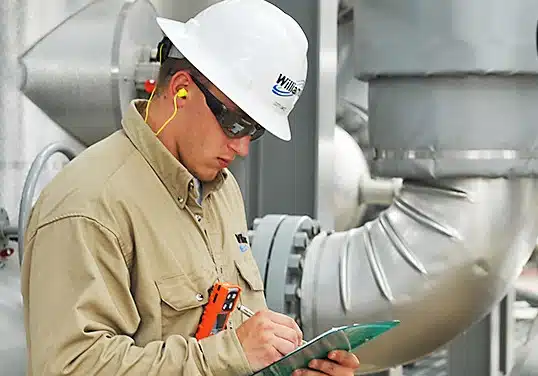Introduction to Radiation Safety
Radiography is an important tool in nondestructive evaluation. The method offers a number of advantages over other NDE methods, but one of its disadvantages is the health risk associated with the radiation. Health effects can occur due to either long-term low level exposure
or short-term high level exposure
The primary risk from occupational radiation exposure is an increased risk of cancer. The amount of risk depends on the amount of radiation dose received, the time over which the dose is received, and the body parts exposed. Although scientists assume low-level radiation exposure
increases one’s risk of cancer, medical studies have not demonstrated adverse health effects in individuals exposed to small chronic radiation doses (i.e., up to 10,000 mrem above background).
The increased risk of cancer from occupational radiation exposureis small when compared to the normal cancer rate in today’s society. The current lifetime risk of dying from all types of cancer in the United States is approximately 20 percent (see Figure). If a person received a radiation dose of 10 rem to the entire body (above background), his or her risk of dying from cancer would increase by one percent.
Nondestructive Evaluation NDE Engineering : Radiation Safety

